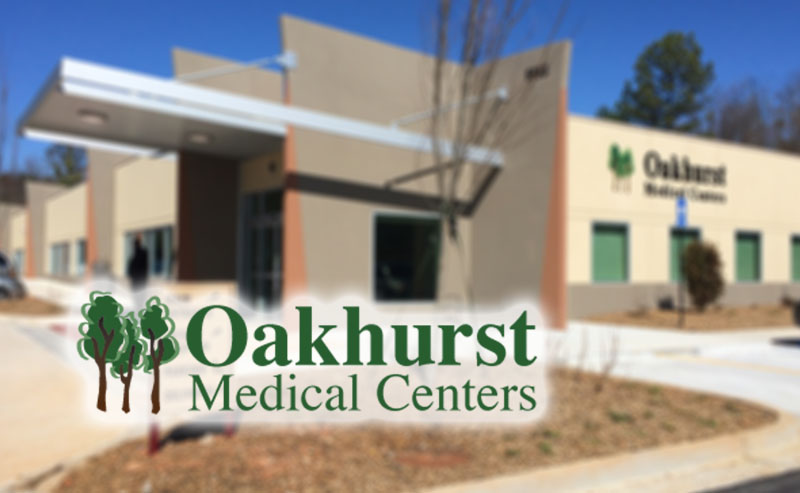Healthcare facilities and their staff play a key role in emergency preparedness efforts for all types of events, including natural or man-made disasters, pandemic outbreaks or terrorist attacks. The availability of healthcare is essential to accommodate the surge in demand for providing care related to any emergency. Still, many facilities struggle with the process of developing, maintaining and testing their emergency and continuity plans (ECPs) due to a lack of time and resources.
Centers for Medicare & Medicaid (CMS) Rule for CMS Preparedness
Since the passing and implementation of the CMS Emergency Preparedness (EP) Rule, numerous healthcare organizations across the country have been diligently working to improve their crisis readiness and response capabilities. They know that come audit time (and it will eventually roll around), failure to comply with the ruling could spell serious trouble. Financial trouble, that is, as they could possibly lose vital Medicare and Medicaid reimbursements.
The CMS EP Rule covers four core elements of emergency preparedness. These are 1) Risk Assessment and Emergency Planning, 2) Communications, 3) Policies and Procedures, and 4) Training and Testing. It’s a safe bet to say that all 17 facility types identified in the ruling will be questioned on each of these areas at audit time, so preparation (and understanding) is key.
Oakhurst Medical Centers Chooses BOLDplanning
Just ask facilities like Oakhurst Medical Centers in Atlanta, Georgia, which looked outside its walls for assistance with meeting its new emergency planning obligations. There, staff and members of the BOLDplanning team, have collaborated to bolster the centers’ ECP in preparation for the impending CMS audit. And, if all goes accordingly, they should pass with flying colors.
“With the implementation of CMS guidelines, we had to enhance our safety management plan and processes,” says Billie Inclan, Director of HR/Safety & Risk Officer for Oakhurst Medical Centers. “The BOLDplanning platform made this process seamless. Its readiness features (SMS text, email, delegating authority) are very detailed without being cumbersome. Together, as a team, internally and including our BOLDplanning partners, we managed to create and share our facility plans with the staff almost effortlessly.”
As part of a larger primary care association, Georgia Primary Care Association (GPCA)— formerly known as GAPHC)—Oakhurst Medical Centers was not the only system to benefit from the ECP project. Other GPCA facilities throughout the state did as well. At BOLDplanning, we believe this association’s work to improve emergency preparedness and to comply with the CMS Rule is an exemplary model for other healthcare coalitions and primary care associations (PCAs) to follow. As always, we welcome the opportunity to share it with you as your healthcare organization prepares for its looming CMS audit.






